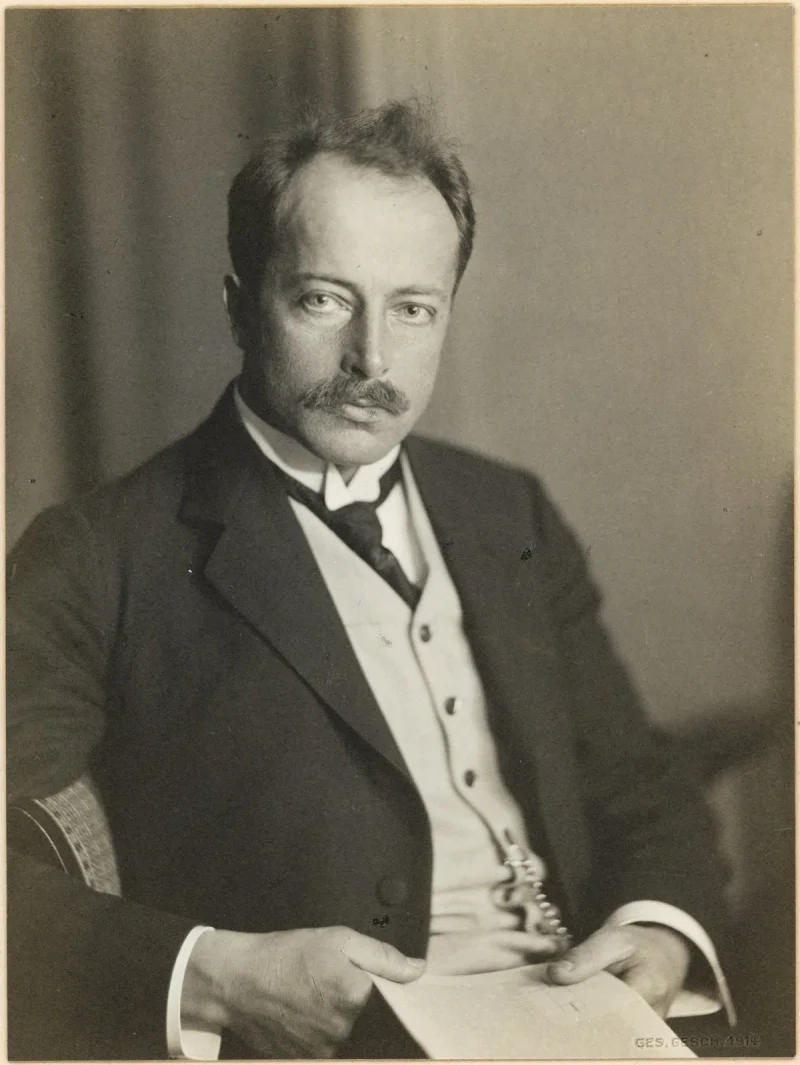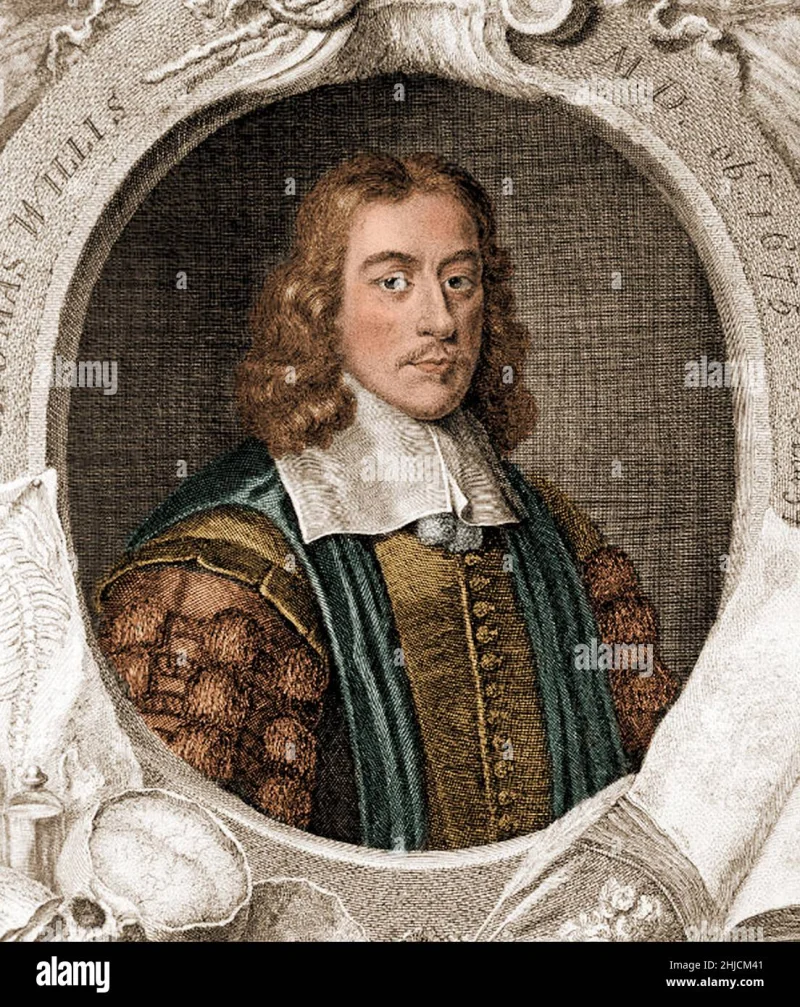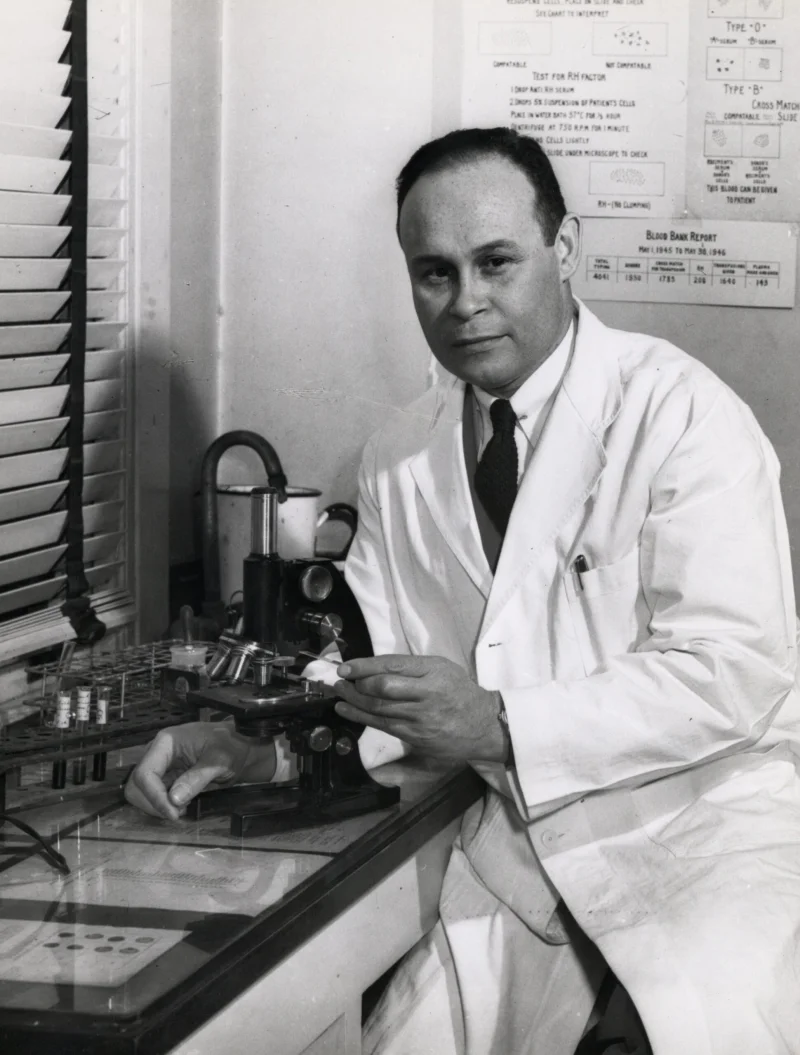Short Summary
Max von Laue was a distinguished German physicist renowned for his groundbreaking contributions to the field of X-ray crystallography. He made significant strides in understanding the diffraction of X-rays, which earned him the Nobel Prize in Physics in 1914. His work laid the foundation for future advancements in the study of crystal structures and had a profound impact on the development of quantum mechanics.
Early Life & Education
Max von Laue was born on October 9, 1879, in Pfaffendorf, Germany. He was the son of Julius Laue, a military officer, and Minna Zerrenner. Laue displayed an early interest in science, which was nurtured through his education at the University of Strasbourg, the University of Göttingen, and the University of Munich, where he studied under prominent physicists such as Max Planck. His early academic influences included Hermann von Helmholtz and Arnold Sommerfeld, who shaped his scientific perspective and encouraged his pursuit of physics.
Career Highlights
Laue's career was marked by numerous significant achievements and influential roles. In 1912, he discovered the diffraction of X-rays by crystals, a groundbreaking finding that confirmed the wave nature of X-rays and provided a method for analyzing crystal structures. He held various academic positions, including a professorship at the University of Zurich and later at the University of Berlin, where he worked alongside Albert Einstein. Laue also played a crucial role in the establishment of the Kaiser Wilhelm Institute for Physics, contributing to the advancement of theoretical physics in Germany.
Major Achievements
- Discovered X-ray diffraction by crystals, revolutionizing the study of crystallography.
- Awarded the Nobel Prize in Physics in 1914 for his discovery of the diffraction of X-rays by crystals.
- Contributed to the understanding of quantum mechanics and the wave nature of X-rays.
- Played a pivotal role in establishing the Kaiser Wilhelm Institute for Physics.
Famous Quotes
- "Science, in the very act of solving problems, creates more of them."
Interesting Facts
- Max von Laue was an outspoken critic of Nazism and helped protect Jewish scientists during World War II.
- He was a dedicated mountaineer and enjoyed skiing, which he pursued throughout his life.
- Laue's work in X-ray diffraction directly influenced the development of the electron microscope.
Legacy / Influence
Max von Laue's pioneering work in X-ray crystallography has had a lasting impact on both physics and chemistry. His discovery of X-ray diffraction by crystals provided a powerful tool for scientists to investigate the atomic structure of materials. This work paved the way for significant developments in various fields, including materials science, biology, and medicine, particularly in the study of complex biomolecules and the development of new materials.
FAQ
Q: Why is Max von Laue famous?
A: He is famous for discovering the diffraction of X-rays by crystals, which earned him the Nobel Prize in Physics in 1914.
Q: What is X-ray crystallography?
A: It is a technique used to determine the atomic structure of crystals by observing the patterns formed by X-rays diffracted through the crystal lattice.
Q: Did Max von Laue have any other interests?
A: Yes, he was an avid mountaineer and skier, enjoying these activities throughout his life.













